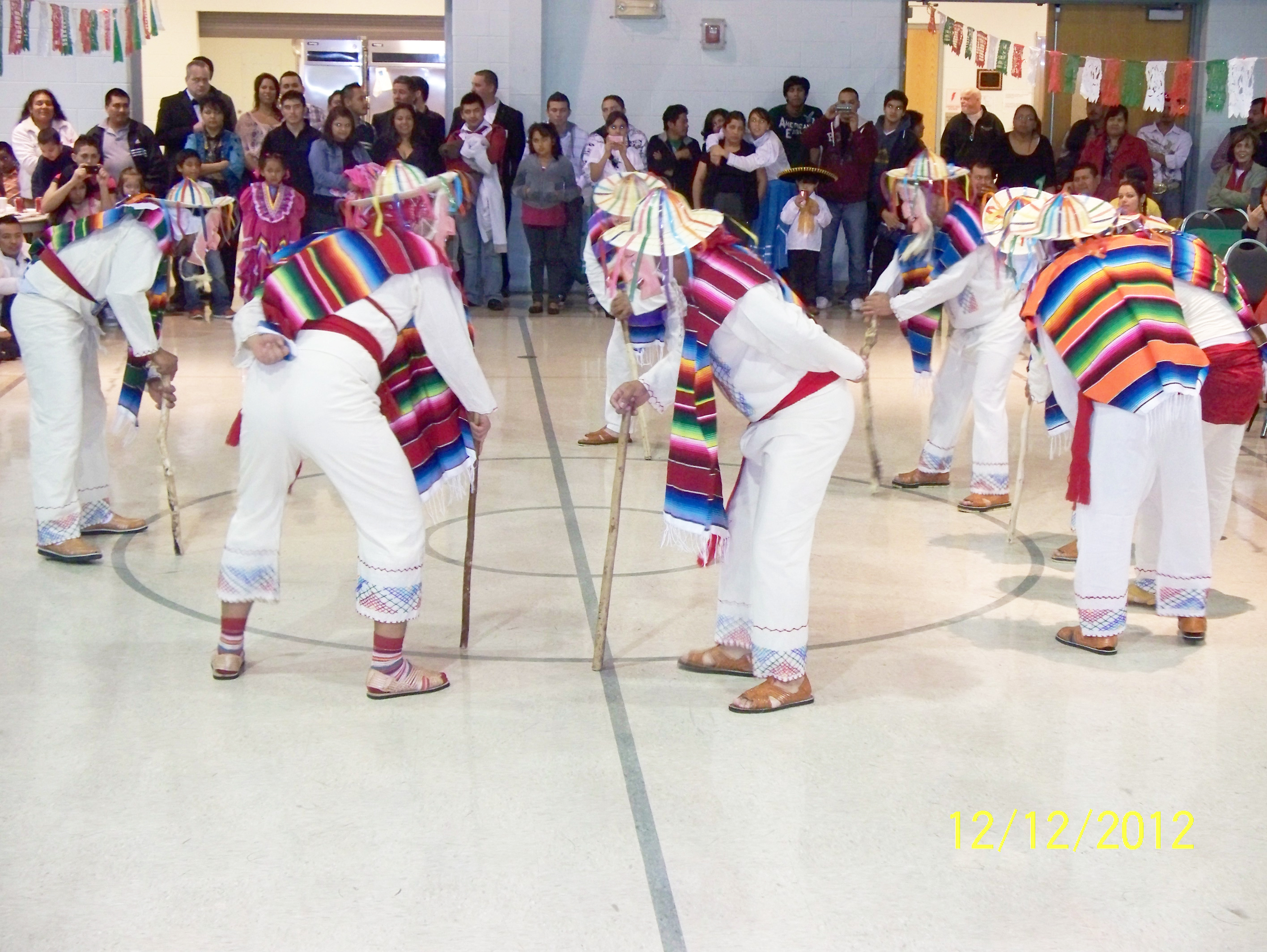Feast of Guadalupe at local parishes unites members, cultures
Saturday, December 15, 2012
A peasant's vision in Mexico City nearly 500 years ago triggered celebrations in 10 area Catholic churches this week.
The Feast of Our Lady of Guadalupe, which marks a 1531 vision of the Virgin Mary, is considered the most important day in the religious calendar in Mexico. And the shrine that houses the image of Our Lady of Guadalupe in the Mexican capital is one of the most-visited Catholic pilgrimage destination in the world.
But with the immigration to the U.S. of many Catholics from Mexico and other Latin American countries, many Catholic parishes have adopted the ceremony as a way to share cultures and unite their Spanish-speaking and native members.
Jean Wenn Luce, a member at St. Therese of Lisieux Church of Cleveland, Tenn., says the celebration allows the mingling of people who may not know each other or even cross paths due to service times.
"It brings everyone together," she says. "It allows them to enjoy each other's cultures, to build relationships. It's an impactful opportunity to bring people together [with] food and music. It's very festive."
Marta Giraldo, a native of Colombia and a member of the church, says the ceremony is "a good opportunity to have the communities together and for Anglos to learn about Our Lady of Guadalupe."
Other Southeast Tennessee parishes that celebrated the feast this week were Our Lady of Perpetual Help, St. Jude and Sts. Peter and Paul in Chattanooga, St. Mary's in Athens, St. Catherine Laboure in Copperhill, St. Alphonsus in Crossville, St. Bridget in Dayton, St. Joseph the Worker in Madisonville and Holy Spirit in Soddy-Daisy.
In Northwest Georgia, celebrations were held at St. Joseph's in Dalton, St. Katharine Drexel Mission in Trenton and St. Clement in Calhoun.
According to two published 17th-century accounts, a peasant, Juan Diego, was walking from his village to Mexico City on Dec. 9, 1531, when he saw a vision on a hill of a teenage girl surrounded by light. The girl, speaking in the local Nahuatl language, asked that a church be built in her honor on the site. From her words, Diego recognized the woman as the Virgin Mary, the reports say. When he told the local archbishop, he was instructed to ask the lady for a miraculous sign to prove her identity.
The woman told Diego to gather flowers from the top of Tepayac hill and, though December was late in the growing season, he not only found flowers on the usually barren hilltop but found Castilian roses not native to Mexico. After the woman arranged the flowers in Diego's cloak, he went to present them to the archbishop and, when Diego opened his cloak, the flowers fell to the floor and in their place was the imprinted image of the Virgin Mary, accounts say.
The Basilica of Guadalupe, where the imprinted icon is kept today, was built on the site.
At the ceremonial Mass at St. Therese of Lisieux earlier this week, as at many other parishes, little boys dressed as Juan Diego and little girls as the Virgin Mary, according to Giraldo. An adult male, also dressed as Diego, re-enacted the history of the event by taking flowers to the priest, who represented the archbishop.
The parish's celebration also included a 5 a.m. singing, with the backing of a mariachi band of the celebratory "Las Mañanitas" song; a 5:30 p.m. Mass; a 6 p.m. procession and rosary around the church; a 7 p.m. Mass; and an 8 p.m. reception with additional mariachi music and folk dances.
The varied times, according to Luce, took into account the working hours of congregants.
"It allows for more participation from the full parish," she says.
Luce says even those unfamiliar with the folk dances are invited to participate "to get the full experience."
Wherever the ceremony is held, Giraldo says, the traditions are basically the same. While most local parishes celebrate in the evening, St. Therese also held part of its celebration in the morning to mark the early hour of Diego's original sighting. In Mexico, she says, many parishes celebrate at midnight.
Giraldo says the ceremony is even more relevant for St. Therese because the Our Lady of Guadalupe icon was once proclaimed Patroness of the Philippines and the church's pastor, the Rev. Albert Sescon, is a native of the Philippines.
She says the parish, which has 130 to 140 Hispanic families among its 900 families, has hosted the annual celebration about 10 years.
